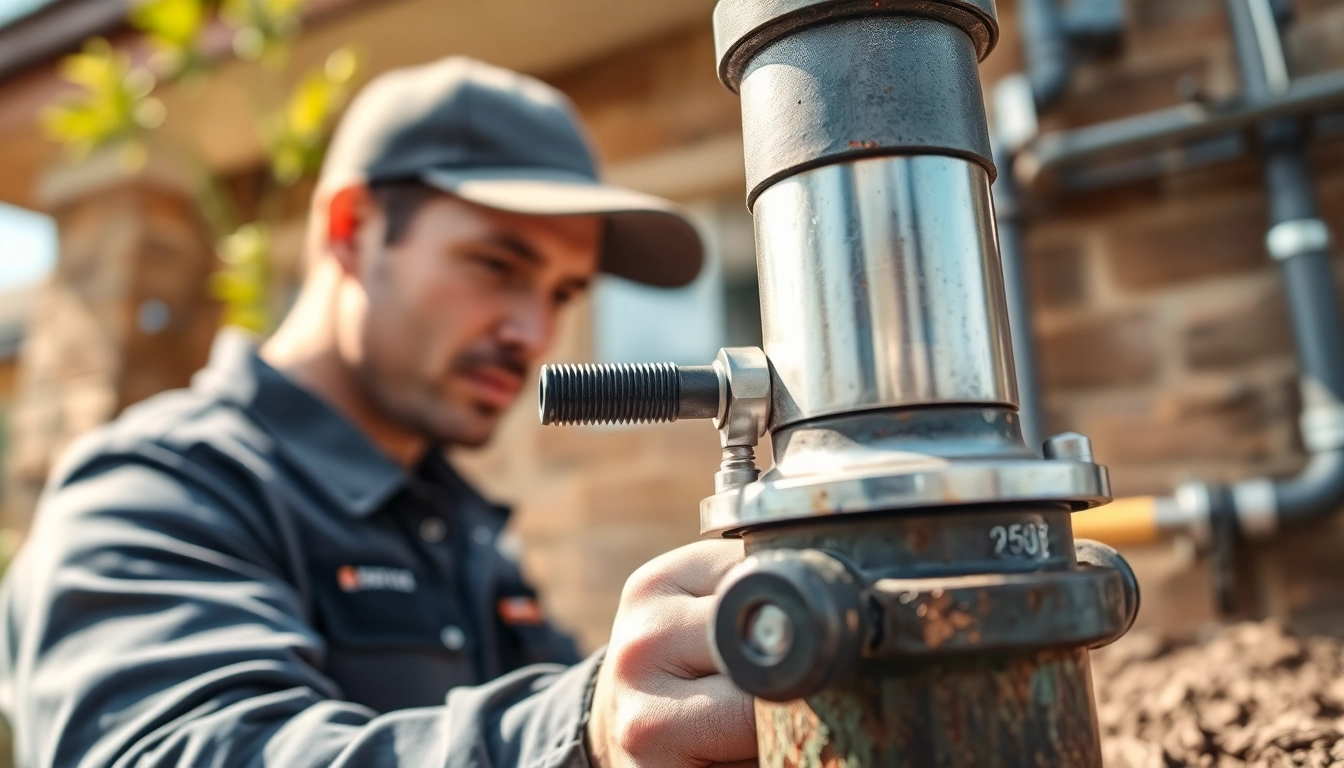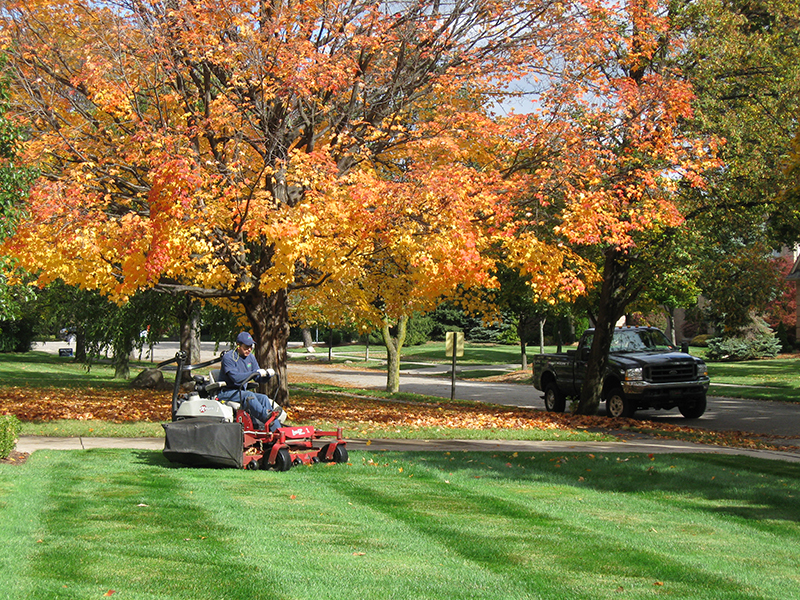Understanding Well Pump Replacement
What is a well pump replacement?
A well pump replacement involves removing an existing well pump that has either malfunctioned or reached the end of its lifespan and installing a new one in its place. This process is essential for ensuring the adequate supply of water from your well to your home. Well pumps are crucial components of well systems, responsible for bringing groundwater to the surface. They can vary in type, including submersible pumps, jet pumps, and booster pumps, each serving different well types and depths.
Signs Your Well Pump Needs Replacement
Recognizing the signs that indicate your well pump needs replacement is vital to maintaining a consistent flow of water. Here are some key indicators:
- Reduced Water Pressure: If you notice a significant drop in water pressure, it may suggest wear and tear on the pump or a failing motor.
- Unusual Noises: Grinding, clunking, or any strange sounds coming from the well or pump can signal mechanical issues.
- Increased Electricity Bills: A pump working harder than usual to maintain water flow will draw more power, reflecting in your energy costs.
- Frequent Cycling: If your pump seems to turn on and off excessively, it could be a sign of a malfunction.
- Water Quality Changes: Cloudy or discolored water can indicate issues with the pump or well itself.
Types of Well Pumps: Know Your Options
When considering a well pump replacement, understanding the types available is crucial for making an informed decision. Below are the most common types of well pumps:
- Submersible Pumps: These pumps are installed underwater and are ideal for deep wells. They use pressure to push water to the surface.
- Jet Pumps: Typically used for shallow wells, jet pumps are above-ground pumps that draw water through suction. They are less efficient in deeper wells.
- Booster Pumps: As the name suggests, these pumps are used to increase water pressure in existing systems and are often paired with other pump types.
Cost Factors in Well Pump Replacement
Average Costs for Well Pump Replacement
The cost of a well pump replacement can vary widely based on several factors, including the type of pump, depth of the well, and labor costs. On average, homeowners can expect to pay between $2,800 and $6,000 for a complete replacement. The most common price range for most homeowners falls around $4,000. Understanding these costs can help you budget appropriately.
DIY vs. Professional Well Pump Replacement Costs
Deciding whether to tackle a well pump replacement as a DIY project or hire a professional is crucial. On average, hiring a professional can cost around $2,500 to $5,000, including both parts and labor. However, if you have plumbing and mechanical skills, you might spend only $800 to $1,500 on materials if you choose to do it yourself. Keep in mind that while DIY may save costs initially, it could lead to higher expenses if something goes wrong.
Hidden Costs to Consider
When planning your budget for a well pump replacement, consider hidden costs that could arise:
- – Permits: Some areas require permits for well pump replacements, which adds to overall costs.
- – Water Testing: Post-replacement, it might be necessary to test your water quality.
- – Additional Equipment: New piping, electrical work, or pressure tanks may be needed depending on the situation.
Steps for Successful Well Pump Replacement
Preparing for a Well Pump Replacement
Preparation is key for a successful well pump replacement. Here’s what you need to do:
- Assess the Situation: Identify why the existing pump is failing. Gather information on the current pump’s specifications, including horsepower and depth.
- Gather Tools and Materials: Ensure you have all necessary tools such as wrenches, pliers, and a hoist or well pump puller ready.
- Consult Local Regulations: Check for local requirements or necessary permits needed for replacement.
Step-by-Step Guide to Replacing Your Well Pump
Replacing your well pump involves a series of steps:
- Turn off Power: Ensure that the power to the pump is completely turned off to avoid any accidents.
- Remove the Old Pump: Use a well pump puller to extract the old unit. Be careful of wiring and piping attached to the system.
- Inspect for Damage: Check the well casing and any wiring for wear and tear before installing a new pump.
- Install the New Pump: Position the new pump at the recommended depth and secure it in place according to manufacturer instructions.
- Reconnect Power and Water Lines: Attach the necessary electrical wiring and plumbing back to the new pump.
- Test the System: Turn the power back on to the pump and monitor its operation for any irregularities.
Post-Replacement Maintenance Tips
Post-installation maintenance is crucial for the longevity of your new well pump. Consider these tips:
- Regular Inspections: Periodically check pump performance and pressure levels.
- Water Quality Testing: Test your water quality regularly to ensure it’s safe for consumption.
- Keep Records: Maintain a log of maintenance and repairs conducted on your pump.
Choosing the Right Well Pump for Your Needs
Factors Influencing Pump Selection
Selecting the right well pump depends on various factors including:
- Well Depth: Assess the depth of your well to determine which type of pump is suitable.
- Water Demand: Evaluate family water usage to select an appropriately sized pump.
- Power Source: Consider whether you want a solar, electric, or manual pump.
Common Features to Look For in a Well Pump
When shopping for a well pump, keep an eye out for these features:
- Energy Efficiency: Look for models that offer better energy consumption ratings to reduce operating costs.
- Durability: Ensure that the pump is made of quality materials designed to withstand harsh conditions.
- Noise Levels: Choose pumps known for quieter operations, especially if they are installed near living spaces.
Recommended Brands and Models
While it’s essential to evaluate personal needs, here are a few highly regarded pump brands that have a reputation for quality and performance. Be sure to research their specific models to find one that aligns with your requirements. Discussions with local professionals can also provide valuable insights into the best options available.
Common Challenges and Solutions in Well Pump Replacement
Troubleshooting Common Issues
Even after successfully replacing a well pump, challenges may arise. Here are some common issues and potential solutions:
- Pump Doesn’t Start: Check the electrical connections and ensure that the power supply is functional.
- Low Water Pressure: Inspect the pipes for leaks and make sure the pump is appropriate for your well’s depth.
- Water is Dirty: This could be due to sediment buildup in the well. Consider investing in filtration systems.
Helpful Tools for Your Well Pump Replacement
Investing in the right tools can make a well pump replacement much easier. Some recommended tools include:
- Well Pump Puller: Essential for extracting the old pump
- Wrenches and Pliers: For loosening and tightening various fittings
- Voltage Tester: To ensure electrical safety before handling the pump
When to Call a Professional
While DIY replacements can save on costs, certain situations warrant professional assistance. If you encounter:
- Significant complications during installation
- Uncertainties regarding plumbing codes or electrical work
- Concerns about well contamination or environmental regulations
It is advisable to consult with a well pump specialist to ensure the job is completed correctly and safely.


